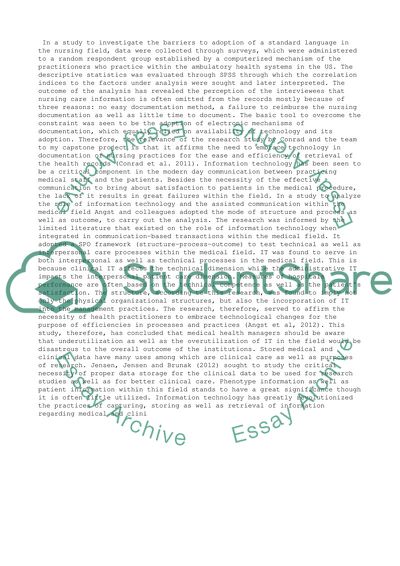Cite this document
(“Electronic Documentation in Health Sector Research Paper”, n.d.)
Electronic Documentation in Health Sector Research Paper. Retrieved from https://studentshare.org/business/1483407-electronic-documentation-in-health-sector
Electronic Documentation in Health Sector Research Paper. Retrieved from https://studentshare.org/business/1483407-electronic-documentation-in-health-sector
(Electronic Documentation in Health Sector Research Paper)
Electronic Documentation in Health Sector Research Paper. https://studentshare.org/business/1483407-electronic-documentation-in-health-sector.
Electronic Documentation in Health Sector Research Paper. https://studentshare.org/business/1483407-electronic-documentation-in-health-sector.
“Electronic Documentation in Health Sector Research Paper”, n.d. https://studentshare.org/business/1483407-electronic-documentation-in-health-sector.


